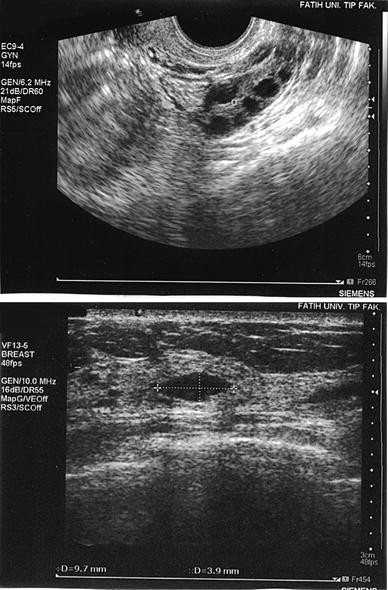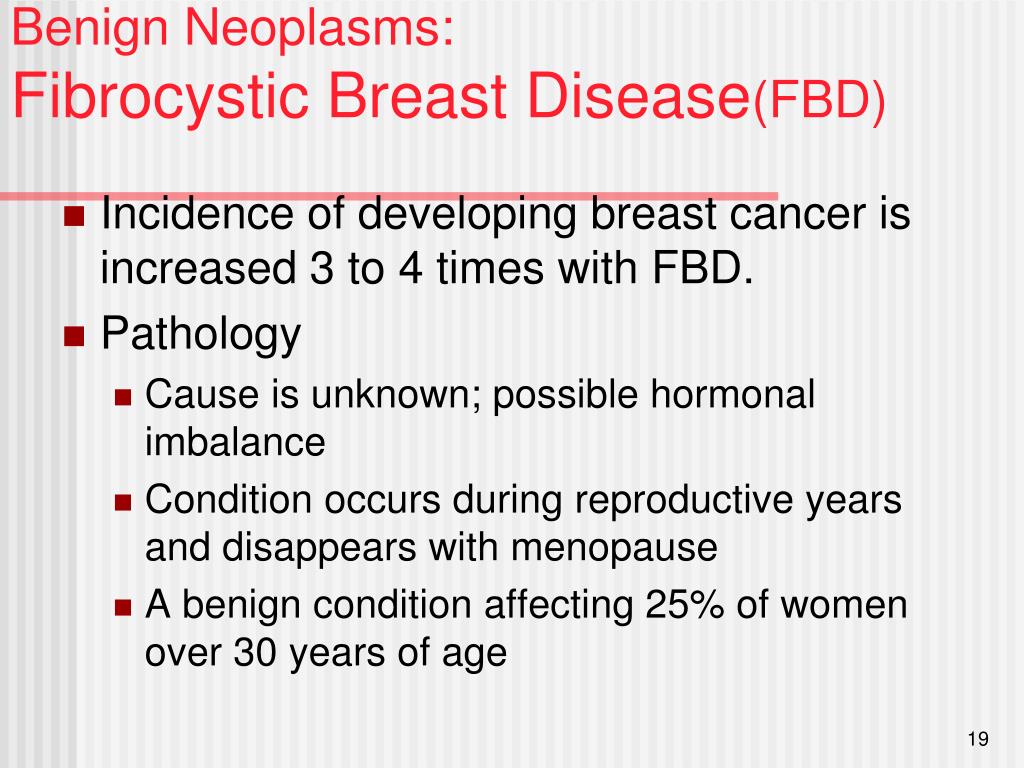

The main components of the breast are prone to fibrocystic changes during hormonal fluctuations. The most common investigative tools to assess for these clinical findings are mammograms and ultrasound.
#PCOS AND FIBROCYSTIC BREAST CHANGES SKIN#
The clinical findings include symptoms such as dimpling of the skin (peau d'orange), thickening, pain, and nipple discharge. A palpable mass upon clinical evaluation is evident in both benign and malignant breast conditions. The above-mentioned benign lesions are not associated with an increased risk for malignancy however, it associates with an up to 50% risk of developing breast cancer under certain histopathological and clinical circumstances. Benign breast disease is an umbrella term for various non-malignant lesions, such as tumors, trauma, mastalgia, and nipple discharge. Certain hormonal factors underpin the function, evaluation, and treatment of this disease. Describe some interprofessional team strategies for improving care coordination and communication to advance patient education regarding this disease and improve outcomes.įibrocystic breast disease is the most common benign type of breast disease, diagnosed in millions of women worldwide.Review the treatment and management options available for fibrocystic breast disease.Outline the appropriate history, physical, and evaluation of a patient presenting with symptoms associated with benign breast disease.Summarize the pathophysiology of fibrocystic breast conditions.This activity reviews the indications, symptomology, management, and other key elements related to fibrocystic breast disease in the clinical setting related to the essential points needed by members of an interprofessional team managing the care of patients with the condition and sequelae.

Benign breast disease is an umbrella term for various non-malignant lesions, such as tumors, trauma, mastalgia, and nipple discharge.

Fibrocystic breast disease is the most common benign type of breast disease, diagnosed in millions of women worldwide.


 0 kommentar(er)
0 kommentar(er)
